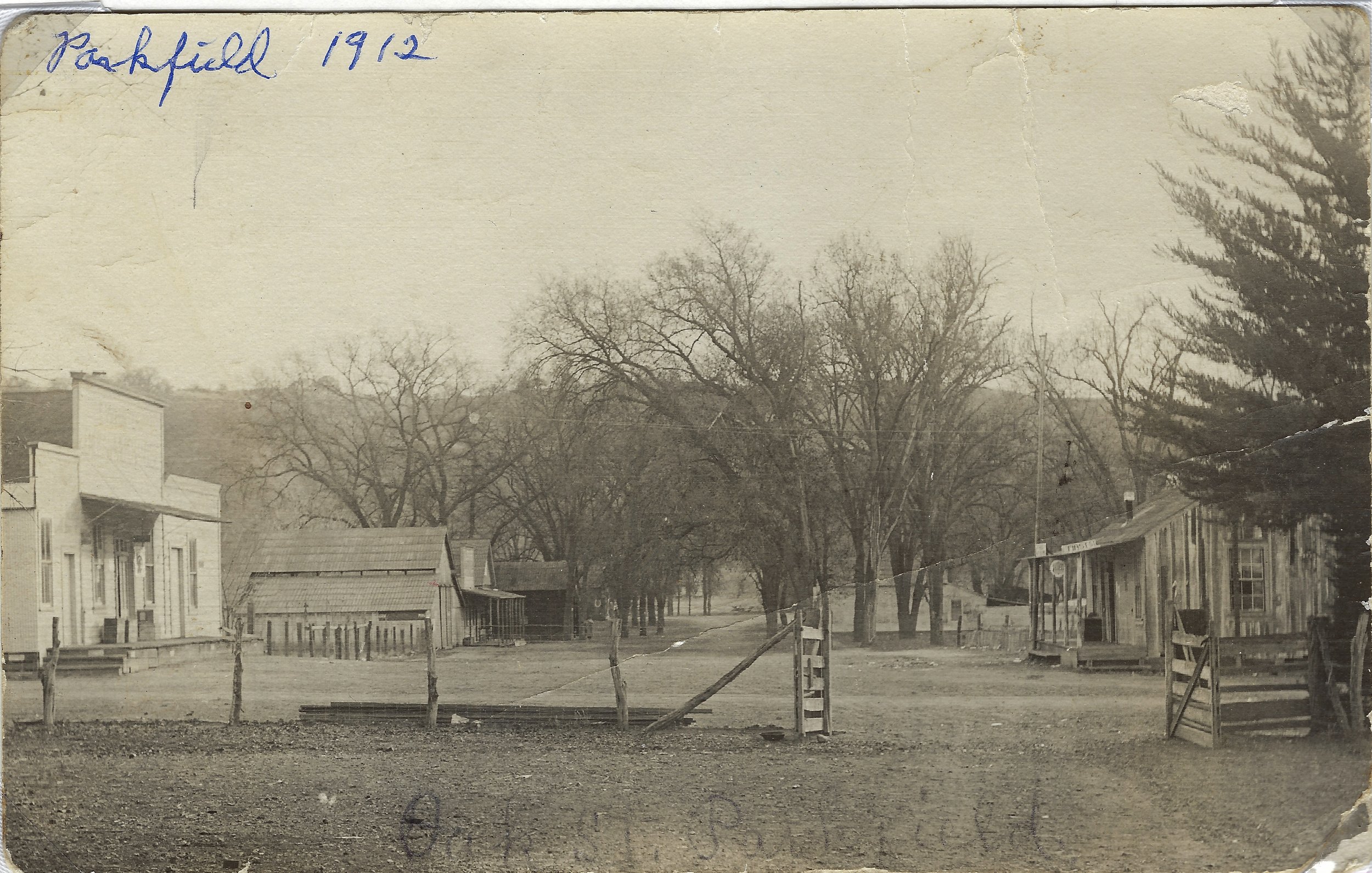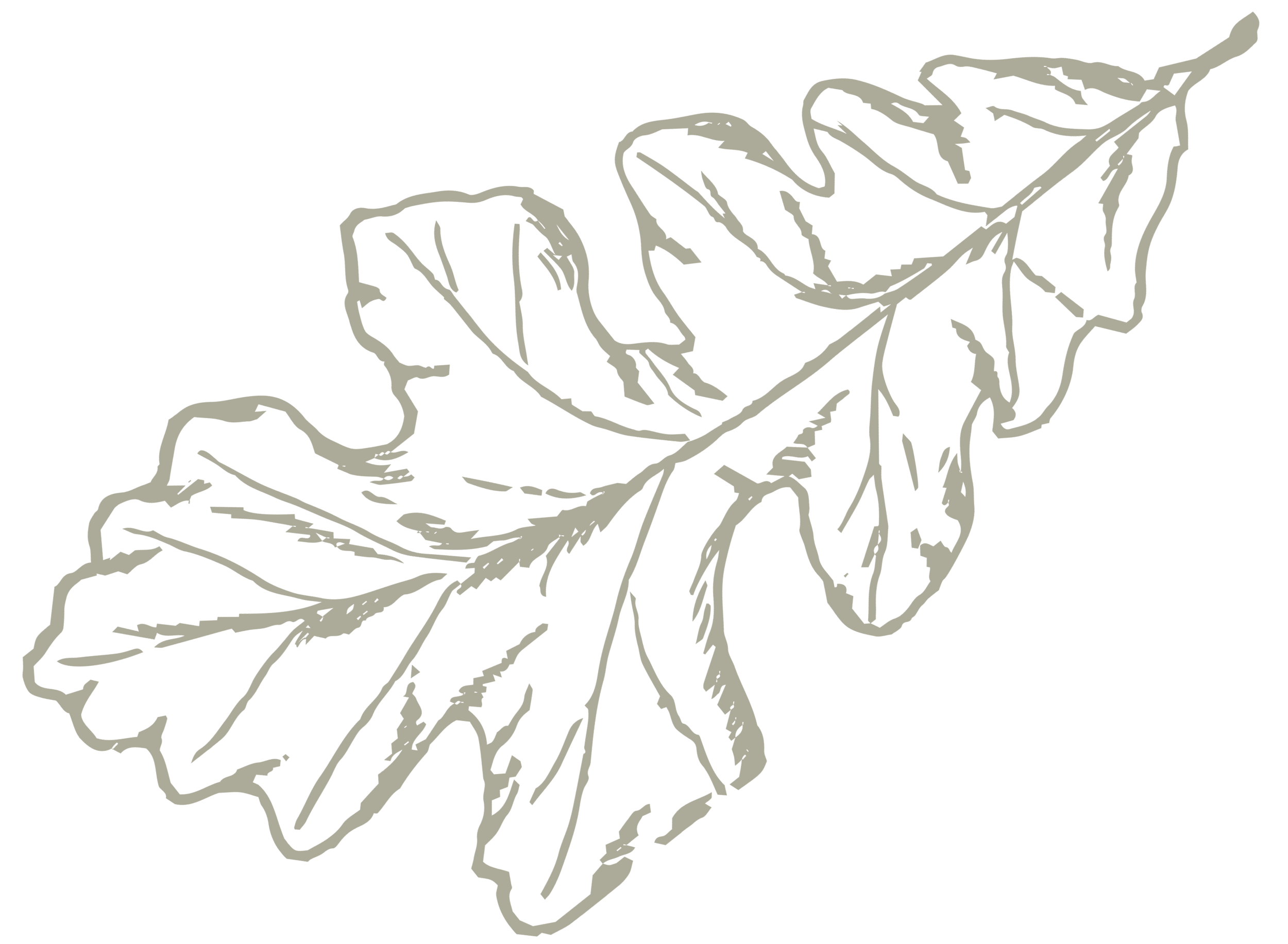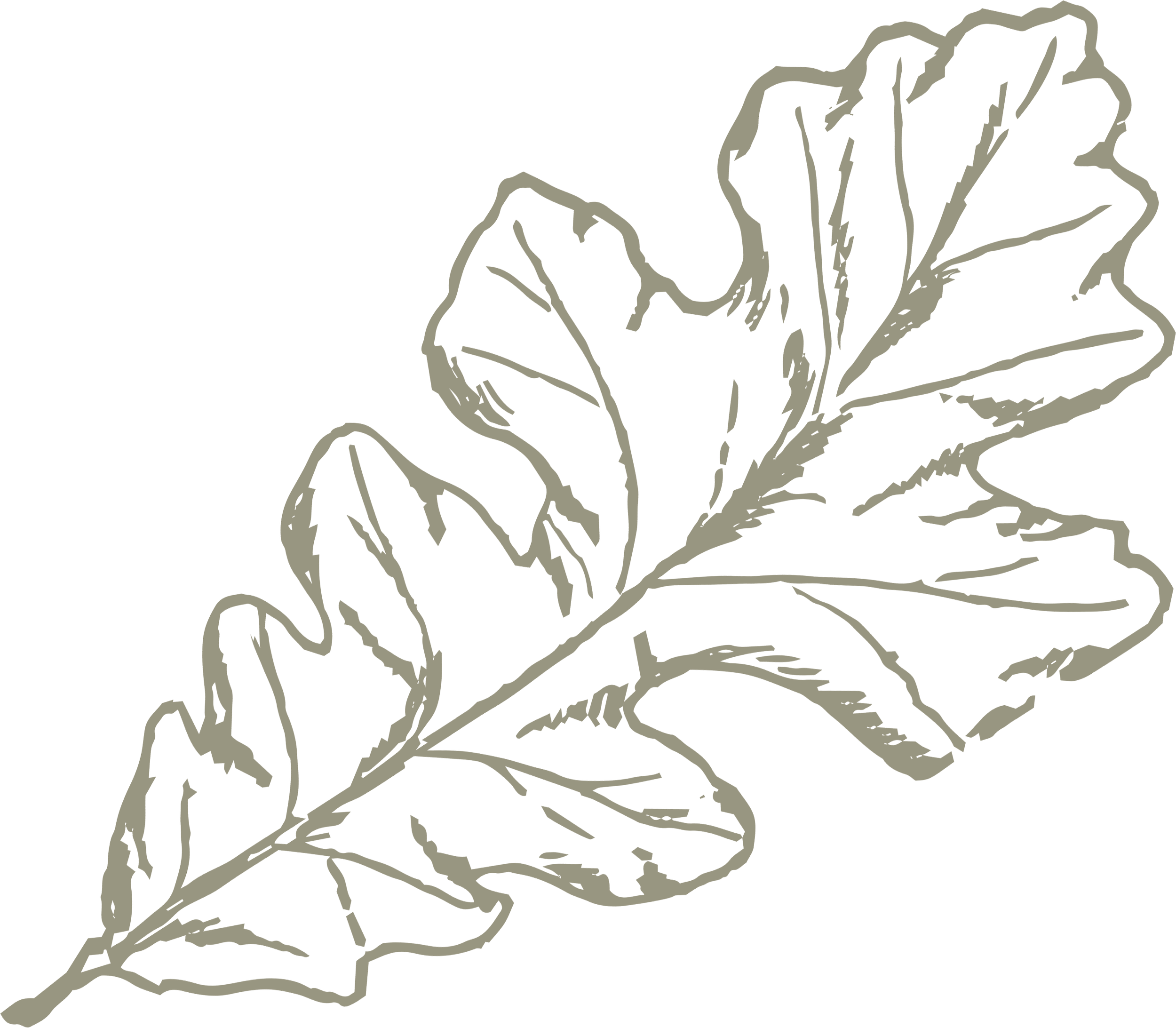
Parkfield History
Oak Street, Parkfield 1912
Parkfield, population 18, is a tiny hamlet nestled in the Cholame Valley in central California. It is surrounded by the Diablo Mountain Range and hundreds of thousands of acres of open landscape. This valley was carved by the San Andreas Fault that runs right past the outskirts of Parkfield and is home to over 200 species of birds, black tailed deer, bobcats, mountain lions, wild hogs, endangered species such as the California Tiger Salamander, Kangaroo Rats, and more. Parkfield also has a one room school house that is thriving to this day. Our community hall acts as a hub for the people of the community.

EARLY HISTORY
The first settlers of this land were the Tachi Yokut Native Americans. They lived here seasonally to hunt and gather acorns, naming the valley "Cholame", meaning "the beautiful one". The first white settlers arrived in the area in 1854 and were followed by a steady stream of homesteaders. By the turn of the century, quicksilver and coal had been discovered, and the hope for oil discovery had transformed Parkfield into a robust town of 900 people. Parkfield's prosperity however, was short lived. The quicksilver mines depleted and the coal mines flooded, eventually leaving only the homesteaders behind. They too ended up abandoning the area, unable to yield living off the land. Today, only a handful of ranchers and farmers remain to enjoy a beautiful and tranquil valley boasting four lovely seasons and bountiful wildlife.
THE EARTHQUAKE CAPITAL OF THE WORLD
Parkfield's claim to fame as "The Earthquake Capital of the World" has attracted geologists and earthquake enthusiasts for years. As you enter Parkfield, you will cross the San Andreas Fault. Parkfield’s section of the fault is the most studied spot on earth for earthquakes, due to the frequency of earthquakes in the area. The frequent earthquakes are another gift to Parkfield, as the pressure on the fault is regularly relieved, making the vast majority of our earthquakes too small to feel. Parkfield has traditionally had a fairly large earthquake (approximately 6.0 Richter scale) every 22 years. The United States Geological Survey saw this pattern and has since been keeping a watchful eye on Parkfield since the last big earthquake in 1966, in hopes of using data gathered in the area to predict earthquakes.
Parkfield, 1964, on the edge of the San Andreas Fault
PARKFIELD’S REVIVAL
In 1989, Parkfield had a rebirth. Parkfield's name came to be due to its beautiful park like setting, a setting which had weathered away in the mid 20th century. Jack Varian and his son John decided to change all of that and set out to rebuild Parkfield. "We decided we needed a restaurant first and started with the Parkfield Cafe. It was built without a kitchen and we would just BBQ right in front of the guest outside on a pit. We started with a log cabin cafe because that was the only thing we knew how to build. For the decor we just used everything. From old metal junk to mom's ribbons from horse shows, to branding irons from old friends and reclaimed building materials. It all came together so well that people think it has been here for 100 years." Due to the success of Parkfield Cafe as a destination, the concept of building a lodge came to be. In 1991, Parkfield Lodge was established. Another log cabin building, this intricately designed structure houses seven guest bedrooms and a gathering room boasting a beautiful rock fireplace as its centerpiece. The original 1920s Shell Water Tower in the center of town is now a two story suite. The local Post Office, drug to where it stands by a team of horses in 1906, is now a comfortable two bedroom suite. The spacious Cowboy Cabin, built by John and his ranch crew, offers privacy and rustic luxury. Thanks to the Varian's work, Parkfield is once again living up to the name the settlers gave it so long ago.
We are blessed to call it home and would love to share our home with you!
John Varian & Steve Johnson during construction of the Parkfield Lodge, 1991





